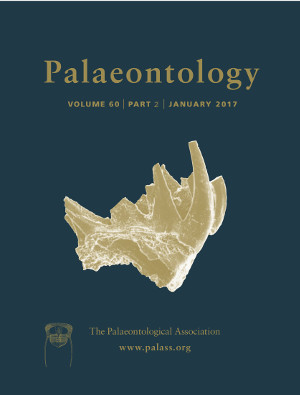Reg. Charity No. 1168330

Extinction risk in the modern world and extinction in the geological past are often linked to aspects of life history or other facets of biology that are phylogenetically conserved within clades. These links can result in phylogenetic clustering of extinction, a measurement comparable across different clades and time periods that can be made in the absence of detailed trait data. This phylogenetic approach is particularly suitable for vertebrate taxa, which often have fragmentary fossil records, but robust, cladistically‐inferred trees. Here we use simulations to investigate the adequacy of measures of phylogenetic clustering of extinction when applied to phylogenies of fossil taxa while assuming a Brownian motion model of trait evolution. We characterize expected biases under a variety of evolutionary and analytical scenarios. Recovery of accurate estimates of extinction clustering depends heavily on the sampling rate, and results can be highly variable across topologies. Clustering is often underestimated at low sampling rates, whereas at high sampling rates it is always overestimated. Sampling rate dictates which cladogram timescaling method will produce the most accurate results, as well as how much of a bias ancestor–descendant pairs introduce. We illustrate this approach by applying two phylogenetic metrics of extinction clustering (Fritz and Purvis's D and Moran's I) to three tetrapod clades across an interval including the Permo‐Triassic mass extinction event. These groups consistently show phylogenetic clustering of extinction, unrelated to change in other quantitative metrics such as taxonomic diversity or extinction intensity.